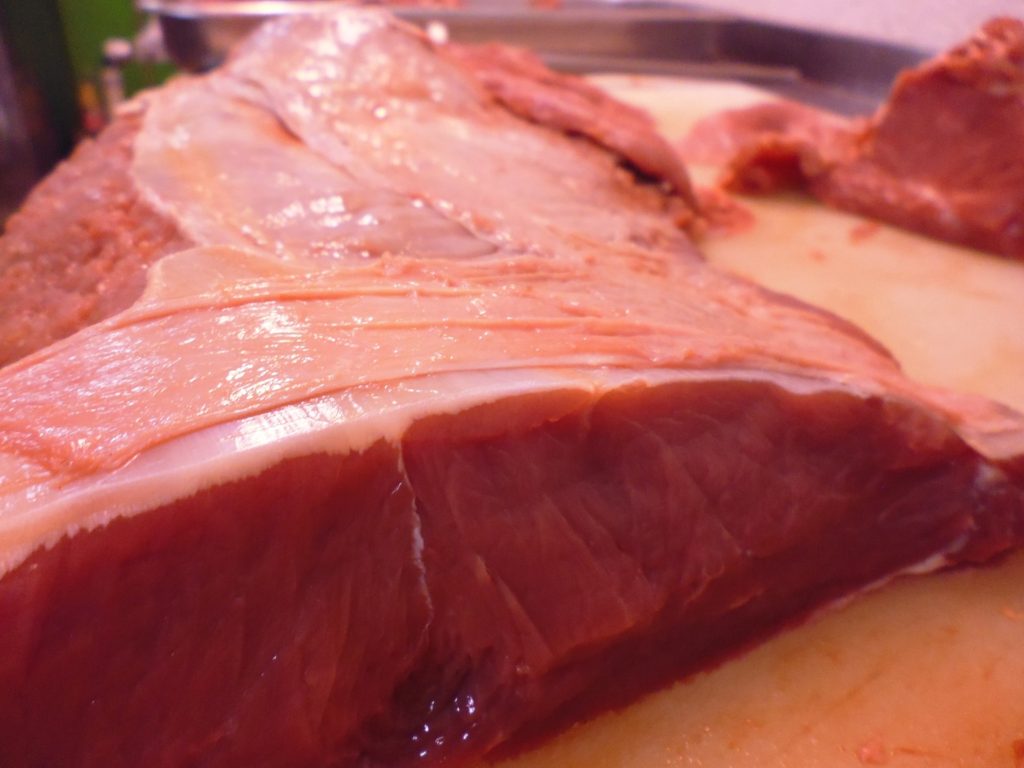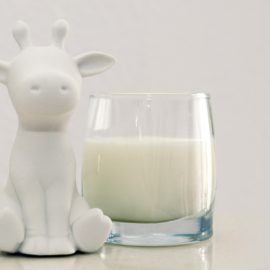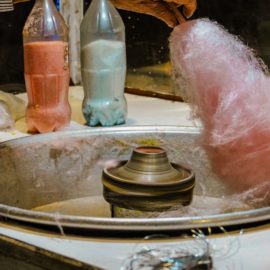
Water makes up the largest amount of muscle weight, which is about 70% to 80% moisture. It is located between the thick (myosin) and thin (actin) filaments of the myofibrils. Each type of muscle tissue contains the proteins myosin and actin. Muscle contractions and movement are caused by the interaction of myosin filaments and actin filaments. The molecular motor myosin transforms the chemical energy supplied by ATP into mechanical energy.
The actin filaments are subsequently pulled along by this mechanical energy, contracting the muscle fibers and resulting in movement. The water between the myosin and actin filaments can be lost, however, 55% of the muscle weight is retained by the myofibrillar proteins. The so-called “water-holding capacity,” (WHC) refers to this moisture retention. To put it simply, it is fresh meat’s ability to retain its own water.
Water can be categorized as “bound,” “free,” or “immobilized”. As the name implies, bound water is a type of water molecule that is chemically linked to the proteins in meat. Between 4% and 5% of the total moisture content of wet meat is represented by this. Free water, on the other hand, is kept in cellular membranes through capillary action. The loss of membranous water is caused by the breakdown of proteins at the cellular level, i.e., through chopping or grinding.
Immobilized water is indirectly retained by the electric charges of reactive proteins in meats. This can range from 35% to 75%. Both meat processors and chefs alike want to retain moisture in the meat.
Here is why.
WHY WATER HOLDING CAPACITY IS IMPORTANT
WHC is crucial for yields, texture, and flavor. In fact, an increase in water holding capacity is associated with juiciness and tenderness of cooked meat. Further, High WHC in fresh meat indicates good firmness and tight structure. By using a penetrometer or a shear force equipment, it can be quantified objectively. Processed beef products with a good level of firmness are generally of higher grade. For this reason, water holding capacity preservation is a top priority for both the commercial sector—which sells meat by the weight—and households, where cooked items can all too readily retain or lose moisture.
You might also like: Myoglobin: The Protein That Dictates Meat Color
Slicing meat can result in purge or drip loss which can range between 2% to 10%. This results in economic losses to retailers and meat processors. Additionally, drip loss is a crucial visual indication for determining the quality of the meat. Meat with good WHC makes it less likely to shrink while being stored. In processing, WHC is crucial where meat is subjected to physical forces such cutting, grinding, filling, pressing, heating, etc. According to certain studies, meat with drip loss is disliked by consumers worldwide.
WHC AND pH
To achieve better water retention in meat, several factors come into play. pH particularly plays an important role. The rate at which the pH changes after slaughter also have a big impact on the meat’s quality. While the temperature is still high, a sudden pH change results in significant denaturation of contractile and/or sarcoplasmic proteins, rendering the proteins to hold less water.
High temperatures can also result in the production of lysozomal enzymes, which hydrolyze proteins. Such unfavorable changes may occur if the carcass is not immediately cooled after slaughter, for instance, if the pH falls to 6.0 before the temperature drops to 95°F (35°C).
You might also like: Why You Should Not Freeze Meat At Home
Because many of the proteins are not as close to their isoelectric point band and can bind more water, meat with a high ultimate pH has great water-holding capacity. The ultimate pH is the pH at which glycolysis stop, which is usually at 5.5. However, because it prevents microbial growth, a low final pH is preferable from a microbiological perspective. A high final pH leads to poor microbial growth resistance.
OTHER FACTORS THAT AFFECT WHC OF MEAT
Aside from pH, other factors that affect water holding capacity include temperature during storage, freezing and thawing, time postmortem, and the cut and size of meat.
Temperature during storage, and freezing and thawing
The temperature of the carcass must be lowered as quickly as possible. However, to maintain fresh meat’s ability to hold water, it’s crucial to keep its temperature as low as possible (without letting it freeze). For instance, a considerable increase in drip loss might be experienced when the storage temperature is raised from 32°F (0°C) to 39.2°F (4°C).
You might also like: Meat Science: Does Marinating For Flavor Really Work?
Fresh meat freezing and thawing can have a significant impact on how much moisture is lost as drip. In fact, In fact, according to some studies, drip loss in pork that has been frozen and thawed might virtually double compared to non-frozen pork. This is partly because the meat’s ice crystals creates physical disruption. When meat reaches a temperature of roughly 30.2°F (-1°C), ice starts to form. At a temperature of 23°F (-5°C), almost 75% of the water in meat is ice. At -4°F (-20°C), where maximum ice formation takes place, 92% of the water is frozen. Even at -35°C, the remaining 8% is only moderately resistant to freezing.T
The amount of drip lost during thawing can be significantly influenced by the rate at which the product is frozen. The quality of the ensuing thawed food may be better and drip loss may be reduced compared to a product that is frozen very slowly if the meat is frozen very quickly. This is due to the fact that delayed freezing encourages the growth of larger ice crystals, whereas very quick freezing favors the formation of smaller ice crystals. The cell membrane may potentially expand or even break as a result of these bigger ice crystals.
Time postmortem and the cut and size of meat
Pre-rigor meat generally has a relatively low drip loss. However, the drip losses tend to increase later, after slaughter, when the muscle has gone into rigor. One explanation for this is that as muscle enters rigor, the space available for water to reside in the myofibril is reduced by the development of rigor bonds. Additionally, as the muscle reaches rigor, the pH of the tissue nears many important proteins’ isoelectric points, particularly myosin. This has an impact on how much water is drawn to protein structures in the myofibril. These two elements may significantly increase drip loss.
You might also like: Meat Science: What Is Rigor Mortis?
Very little drip happens in an intact muscle. As a result, although evaporative losses from the carcass’ surface may happen, real drip losses are rather little. Once the muscles are sliced or cut, however, there is more chance for drip to escape. The proportion of the product lost as drip can also be influenced by the size of the meat.
Comparatively more drip is lost from smaller chunks of meat than from larger ones. In summary, even if the total amount of drip lost may be negligible in comparison to a larger cut of meat, it is believed that the closer a piece of meat is to its surface, the greater the percentage of drip lost. Since drip usually flows along the length of the fibers, this is particularly true when the longest cut occurs across the muscle cells rather than along them.
References
V. Vaclavik, E. Christian (2014). Essentials of Food Science (4th edition). Springer.
BO Sharma (1999). Meat and Meat Products Technology (Including Poultry Products Technology). Jaypee Brothers Medical Publishers (P) Ltd.
M. Gibson (2018). Food Science and the Culinary Arts. Academic Press.


